Paul Krugman may be known as a fire-breathing liberal economics professor today, but back in the 70s when he was just another aspiring junior faculty, he wrote one of the coolest things in economics since.. well, Freakonomics. Namely, a short treatise on the economics of interstellar trade (PDF). Here’s the title and abstract:
The Theory of Interstellar Trade
This paper extends interplanetary trade theory to an interstellar setting. It is chiefly concerned with the following question: how should interest charges on goods in transit be computed when the goods travel at close to the speed of light? This is a problem because the time taken in transit will appear less to an observer traveling with the goods than to a stationary observer. A solution is derived from economic theory, and two useless but true theorems are proved.
The tone of the manuscript itself was even more light-hearted – for example, here is Figure 2, reproduced in its entirety:
Impressive, no? (Krugman notes that readers who find Figure 2 puzzling should recall that a diagram of an imaginary axis must, of course, itself be imaginary).
But the main contribution of the paper were Two Fundamental Theorems of Interstellar Trade, both truly proved with genuine rigor (or so I assume, the math seems fine to me but the theory is beyond my expertise). These theorems are:
- When trade takes place between two planets in a common inertial frame, the interest costs on goods in transit should be calculated using time measured by clocks in the common frame, and not be clocks in the frames of trading spacecraft.
- If sentient beings may hold assets on two planets in the same inertial reference frame, competition will equalize the interest rates on the two planets.
It occurs to me that this is a rich field to mine for speculative fiction. Consider the case where two planets are not in the same inertial frame, like the homeworlds of the Pierson’s Puppeteers? Could someone on either world then take advantage of the violation of the Theorems above and make a fortune?
Of course, there are less sophisticated ways to profit as well:
Hi my name is Prince Valtor Tazalutium the Third from the distant planet Nigeron 7. I have dispatched the fastest cargo ships in my fleet to Earth filled with the rich treasures of my home planet. However because of the vast distance between our two planets my ships will not reach Earth until I am long dead and therefore will not receive a return on my initial investment. As I have no heirs I am looking for one trustworthy stranger to buy these ships and their cargo en route to your planet. I am willing to sell them for $50,000.00 US DOLLARS. If interested please contact me at valtorlol@aol.com.
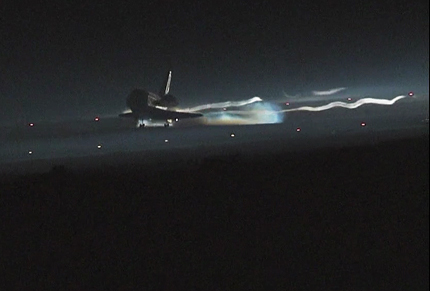

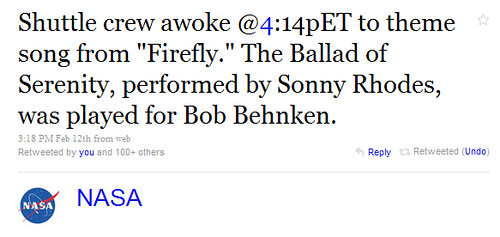

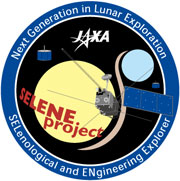
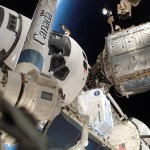
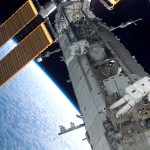
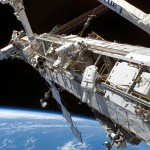
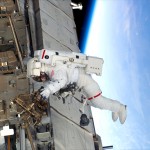
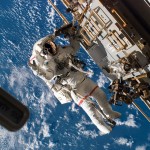
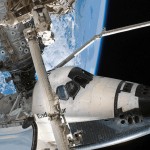

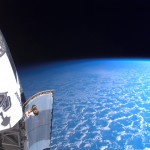
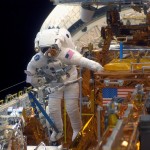
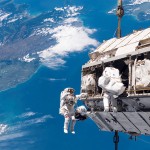
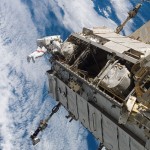

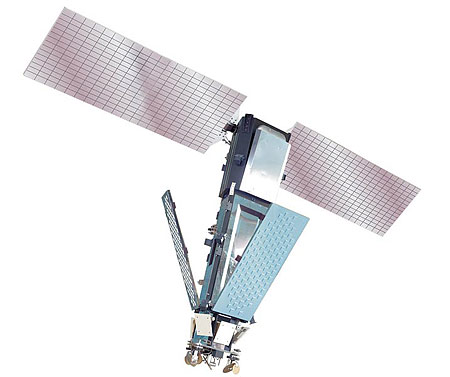 There’s
There’s